

Uh oh...
It appears that you're using a severely outdated version of Safari on Windows. Many features won't work correctly, and functionality can't be guaranteed. Please try viewing this website in Edge, Mozilla, Chrome, or another modern browser. Sorry for any inconvenience this may have caused!
Read More about this safari issue.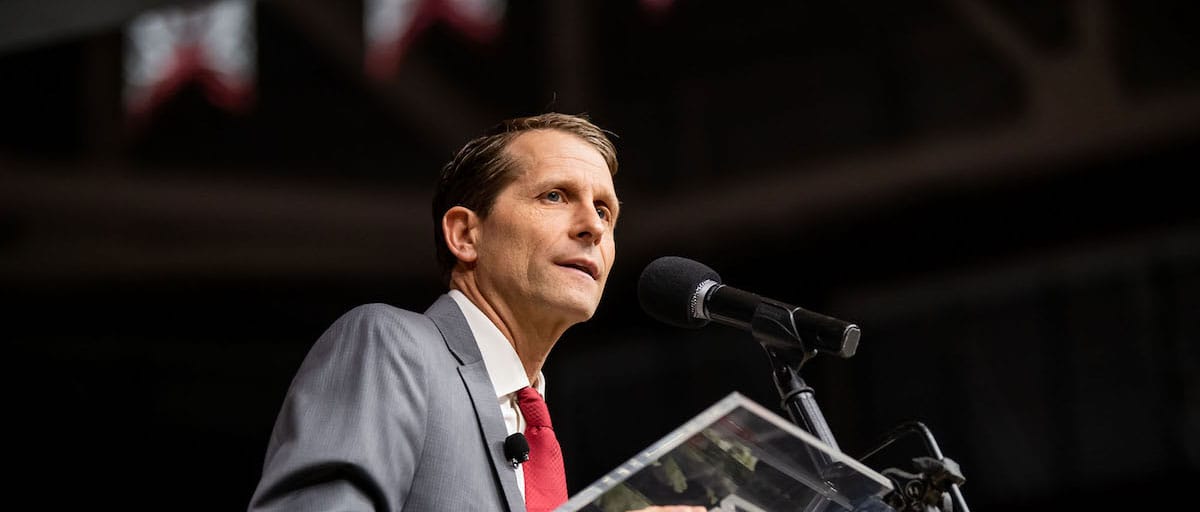

Hawgball’s Getting a Major Makeover with Eric Musselman
Those who have been around the block a bit know how these coaching searches play out.
The guy who comes in usually sports a style and personality opposite of the previous guy. In Hog football, think dour Danny Ford replaced by peppy Houston Nutt, replaced by brusque Bobby Petrino, replaced by disturbingly peppy John L. Smith.
Recent Hog basketball has given us fiery Nolan Richardson, replaced by pleasant Stan Heath, replaced by jumpy John Pelphrey.
So, it comes as no surprise that the man tabbed to replace the reserved Mike Anderson would be the rabble-rousing, shirt-tossing, perpetual motion machine that is Eric Musselman.
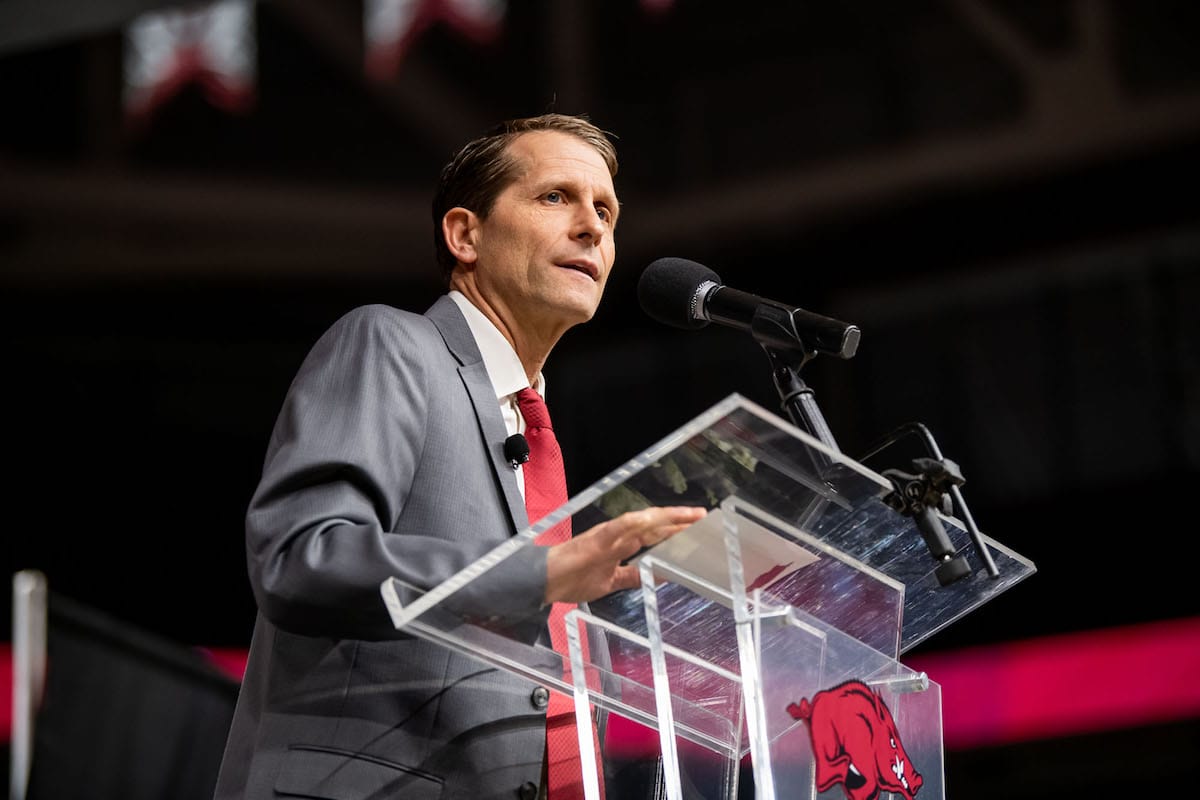
You would never find Mike Anderson channeling his inner Ric Flair in front of 19,000 rabid Bud Walton Arena fans, but it’s a sure bet you’ll see Musselman doing something similar when the 2019-2020 season kicks off. Whether his teams win at a higher clip than Anderson’s is a different story.
For sure, they will look different.
The two coaches have big philosophical differences when it comes to strategy and tactics. Let’s start with uneven roster management—the biggest reason for Mike Anderson’s downfall after eight seasons as head Hog. At critical points during Anderson’s reign, too many good players left, by transfer or going pro, and he couldn’t replace them with enough size and talent before the next season.
For instance, he struggled in his first year as Razorback head coach in part because of the transfers of star Rotnei Clarke and younger players like Glenn Bryant.
The biggest hit came in 2015, after early departures from Bobby Portis and Michael Qualls. After heralded big-man Ted Kapita failed to get academic clearance, the Razorbacks were left without enough talent to compete at a high level. They essentially lost a season.
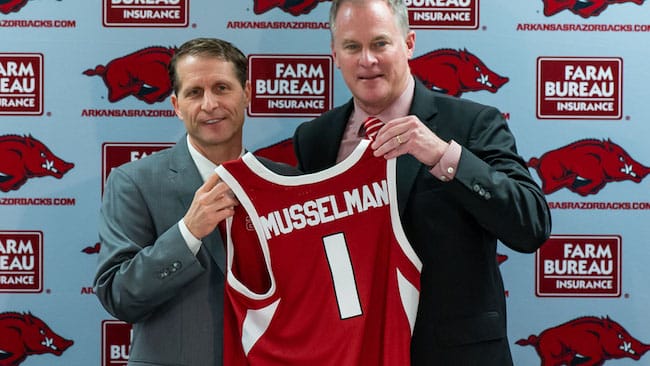
Eric Musselman, on the other hand, has fully embraced the transfer-ridden landscape of modern college basketball. At Nevada, he specialized in bringing in seasoned veterans. Last season at Nevada, fifth-year seniors who started their careers at other schools made up his entire starting five. Overall, 10 of his 13 scholarship players had transferred in.
Musselman, on the whole, maximizes every roster spot down to the 13th spot. That often wasn’t the case at Arkansas, Hawgsport’s Andrew Hutchinson notes. Anderson signed “roster fill-ins like Lorenzo Jenkins (7 career minutes, transferred to Colorado State), Brachen Hazen (42 career minutes, transferred to Ball State), DeQuavious Wagner (163 career minutes, transferred to DII Angelo State) and Ibby Ali (has yet to play for Arkansas).”
Because Musselman coached older, more developed players at Nevada, he had the physically strong personnel needed to rebound well. He stresses defensive rebounding whereas Anderson stressed generated turnovers while sacrificing boards. While Musselman’s teams won’t force steals like Anderson’s teams did, they will rebound.
Nevada often rebounded as good or better than its opponents and in 2018-19 was one of the nation’s top defensive rebounding teams. Last season’s Hogs, with so many freshmen who lacked bruising strength, finished with a mere 46.7% total rebound rate.
Musselman’s offense is a “pace and space” style, so popular in the pros, which stresses three-pointers and drives to the basket while shunning mid-range jumpers. Mike Anderson, too, at times embraced a three-point centered offense, but Musselman’s teams will shoot them at a higher clip and from more areas around the arc. Last year, Nevada’s three-point rate was about 5% higher than Arkansas’.
It takes lots of passes, picks and cuts to open up enough open or partially open opportunities to warrant this many perimeter attempts. As The New York Times reported, Musselman runs an offense similar to the Golden State Warriors’, based on ball movement, cutting and screening. “Whenever the ball goes in the post, for example, he wants his other four players to click into motion by setting a pair of screens: one on the strong side and one on the weak side.”
This is great news for top Razorback sharpshooters like Isaiah Joe, Mason Jones and Desi Sills.
In Anderson’s tenure, the Hogs were too often vivisected by cutting, screening, sharpshooting opponents (think Butler in the 2018 NCAA Tournament). Fans often criticized Anderson for not making enough halftime adjustments to reduce the number of foes’ wide open three-pointers. Musselman’s team won’t gamble as much on defense, nor will they give up so many open attempts.
If the defense does show cracks, he’ll tweak his scheme. Musselman’s ability to make in-game adjustments on both sides of the ball, based off analytics, is one reason he’s held in high esteem among college and NBA coaches. “He is a basketball genius,” Knicks head coach David Fizdale said of Musselman. “Offensively, I don’t think I’ve ever been around somebody that is so innovative, understands how to attack matchups, understands how to teach teams to run.”
Fizdale was an assistant under Musselman at Golden State, one of the many places Musselman has coached. He’s also worked in South Dakota, Tennessee, Florida, Georgia, Minnesota, Arizona and Louisiana, coaching at the NBA, G-League, college and international levels. The entirety of Anderson’s coaching career, meanwhile, has happened at the college level and in four states: Oklahoma, Arkansas, Alabama and Missouri.
This isn’t a knock on Anderson.
It shouldn’t be forgotten how badly he was needed when hired in 2011, when Hog basketball was in much worse shape than it is now. At that time, fans craved a familiar, uniting figure. While Anderson didn’t lift the program all the way back to the mountaintop, he did lift it, both from a competitive and academics standpoint. Critically, he did so without scandal. And he did it with class.
Musselman, too, showed class and humility on his first day on the job. Speaking to the current Razorbacks, some of whom no doubt still grieve the loss of Anderson, he showed sensitivity. “I can’t stand up here and say, ‘Hey trust me.’ Anybody can do that,” he said. “I have to earn your trust through how we practice, how we bond, just how we live our daily lives—that’s how you’re gonna end up trusting me. I can’t get your trust today. I’m not gonna get your trust tomorrow. It’s gonna come through time.”
For all their differences, this much is clear: Musselman and Anderson share a deep respect for the privilege of coaching our state’s premier basketball program.
Photo credit: Razorback Communications
We do the work.
You check your email.
Sign up for our weekly e-news.
Get stories sent straight to your inbox!






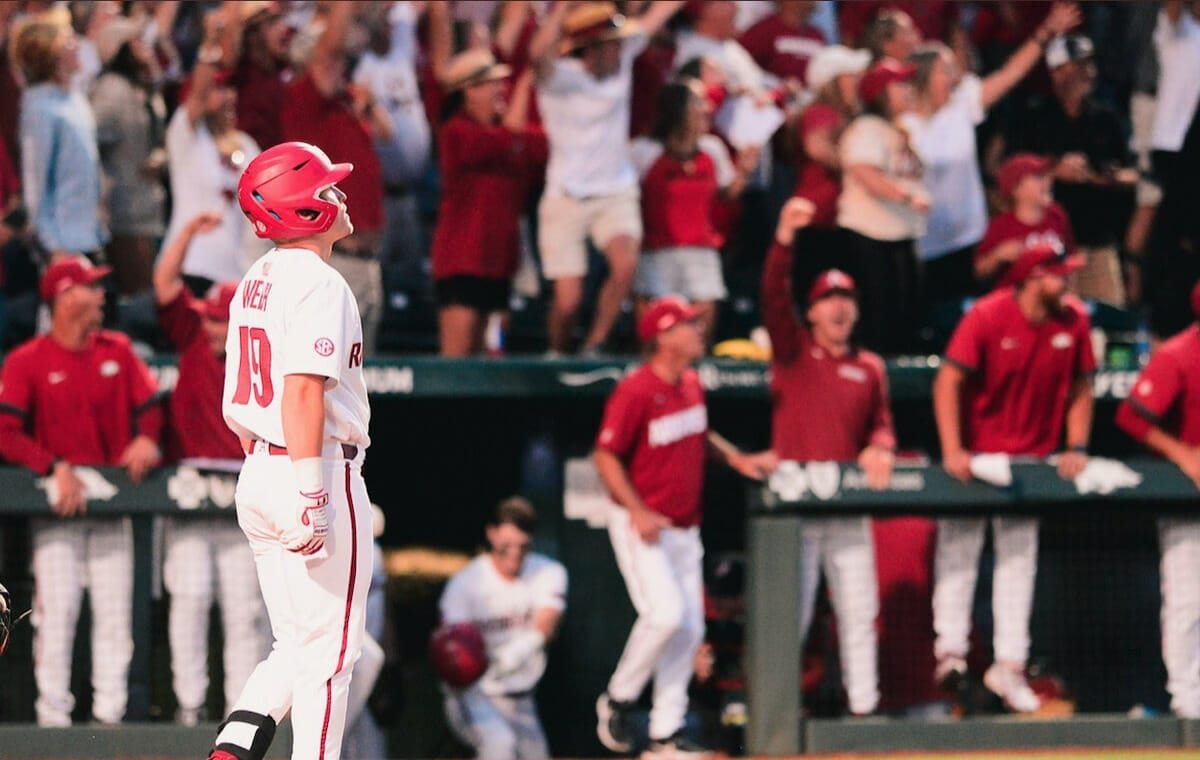

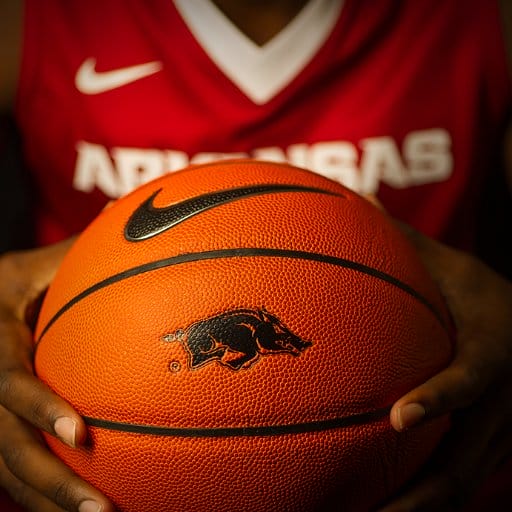
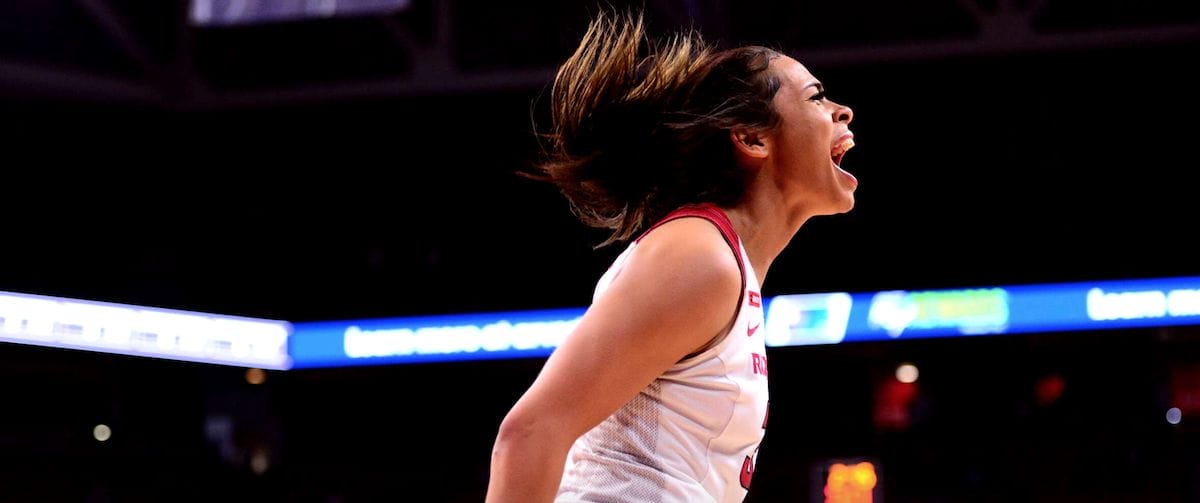
 Leave a Reply
Leave a Reply
[…] of the Nolan Richardson Court at Bud Walton Arena before the UA-UALR exhibit that kicked off the Eric Musselman era. Richardson, as well as former head coach Mike Anderson, were in the house. More than 7,000 fans […]
[…] knee injury originally suffered in early January, the Hogs looked like world-beaters in Year 1 of the Eric Musselman Era. Led by Joe and Mason Jones, two All-SEC caliber guards, they’d lost only one game in […]
[…] his mother, who lives in his hometown of San Diego, will get to attend a Razorback game since he took over the program three years […]